Microplastics: Invisible Threats To Our Health & Environment?
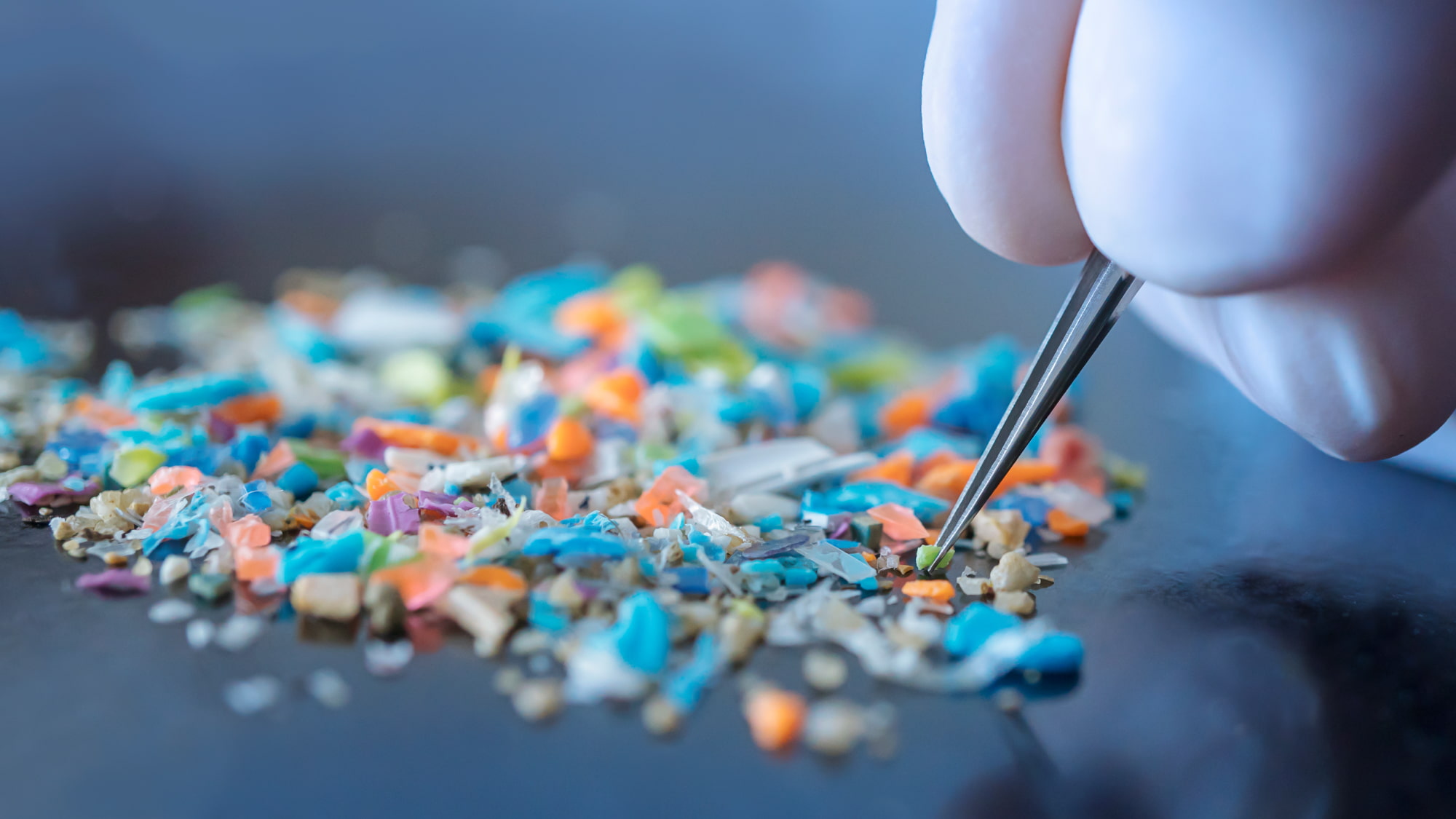
FAQ on the EU microplastics ban
Source: Crowe LLP
Microplastics, tiny plastic particles less than 5 mm in size, have become a ubiquitous presence in our environment. They are found in our oceans, rivers, soil, and even in the air we breathe. While they may be small, their impact on our health and environment is significant. In this blog, we’ll explore the invisible threats of microplastics and their visible impacts on our well-being.
The Sources of Microplastics
Microplastics come from a variety of sources, including:
- Microbeads in personal care products
- Synthetic fibers from clothing
- Plastic debris broken down into smaller pieces
- Industrial processes and waste
These tiny particles are ingested by small marine animals, which are then consumed by larger animals, including humans. This means that microplastics are not only polluting our environment but also entering our food chain.
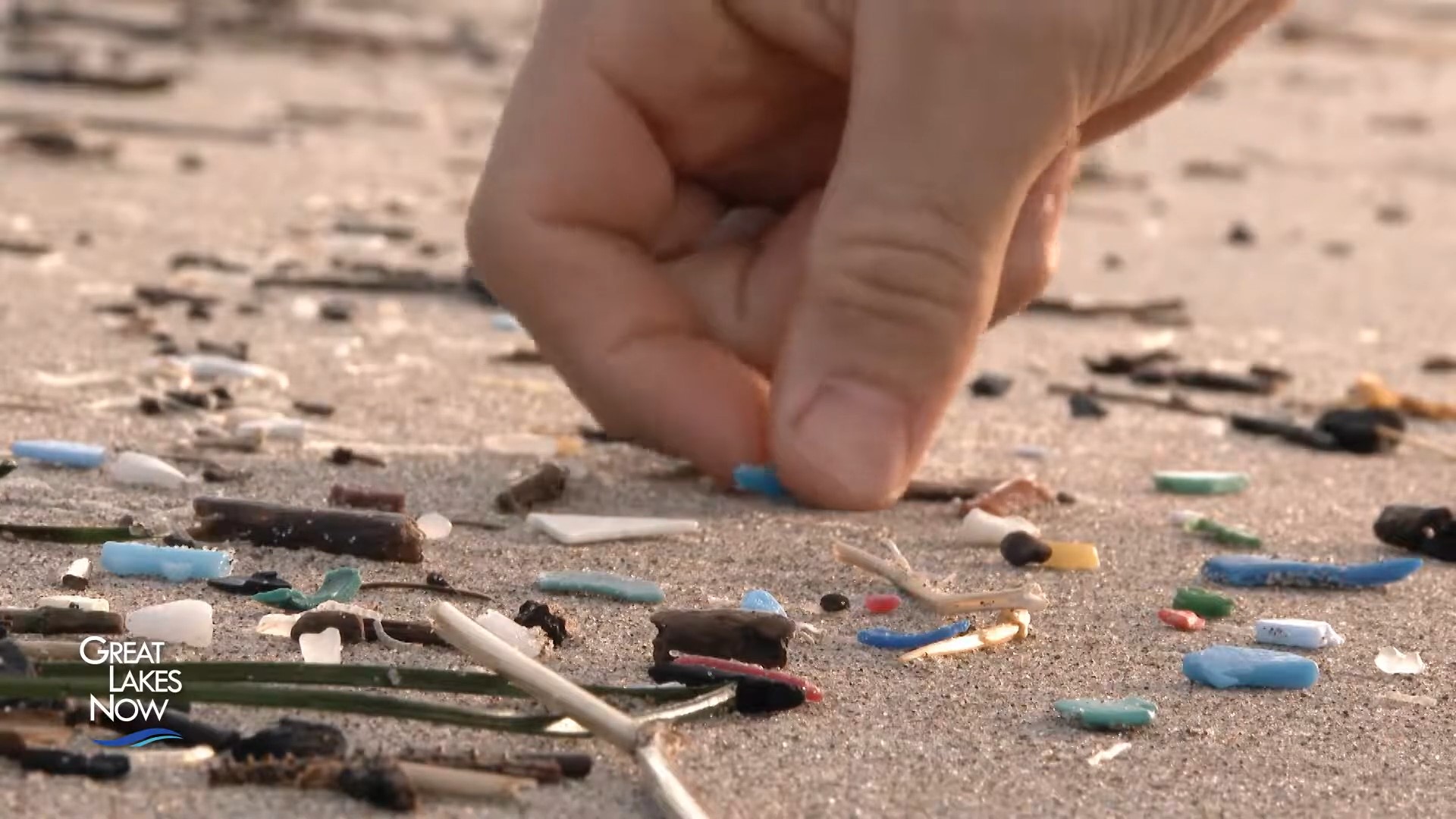
Microplastics: sources, effects and solutions
Source: European Parliament
The Impact on Human Health
Research has shown that microplastics can have devastating effects on human health, including:
- Inflammation and oxidative stress
- DNA damage and genetic mutations
- Hormone disruption and cancer
- Respiratory problems and neurological damage
Moreover, microplastics can also carry harmful chemicals and bacteria, which can lead to infections and other health issues. The effects of microplastics on human health are still being studied, but the evidence so far is alarming.
The Impact on the Environment
Microplastics are also harming our environment in numerous ways, including:
- Choking and suffocating marine life
- Altering habitats and ecosystems
- Affecting ocean circulation and climate
- Contaminating soil and groundwater
Furthermore, microplastics are also contributing to the decline of biodiversity, as many species are unable to adapt to the changing environment.
Solutions and Actions
To combat the threat of microplastics, we need to take immediate action:
- Reduce plastic use and waste
- Increase recycling and proper disposal
- Support policies and regulations
- Educate and raise awareness
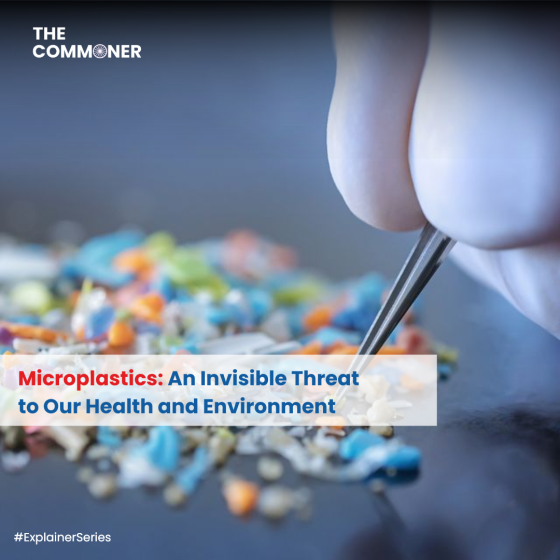
Additionally, individuals can make a difference by:
- Using eco-friendly products
- Avoiding microbeads and synthetic fibers
- Participating in beach cleanups
- Supporting organisations working to combat microplastics
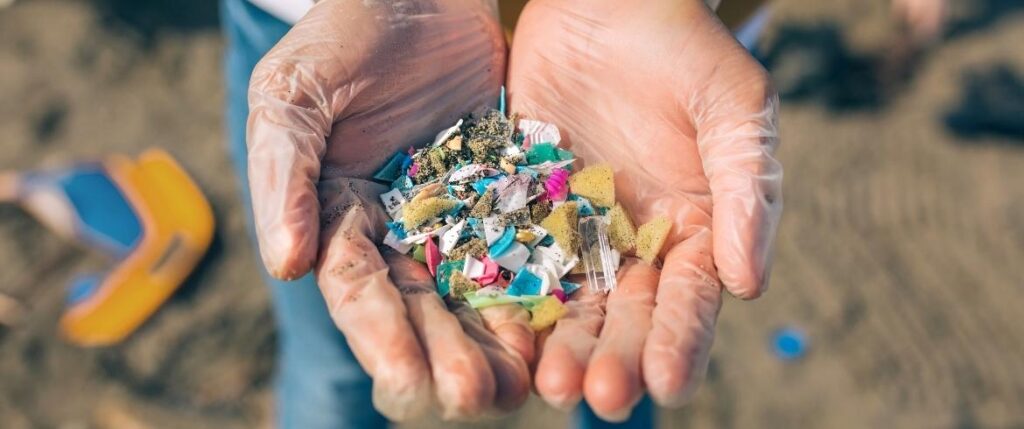
Are Microplastics Harmful And Can We Avoid Them
Source: Earth.Org
Government and Corporate Responsibility
Governments and corporations also have a crucial role to play in addressing the microplastic crisis. This includes:
- Implementing policies and regulations to reduce plastic waste
- Investing in research and development of sustainable materials
- Encouraging sustainable practices and education
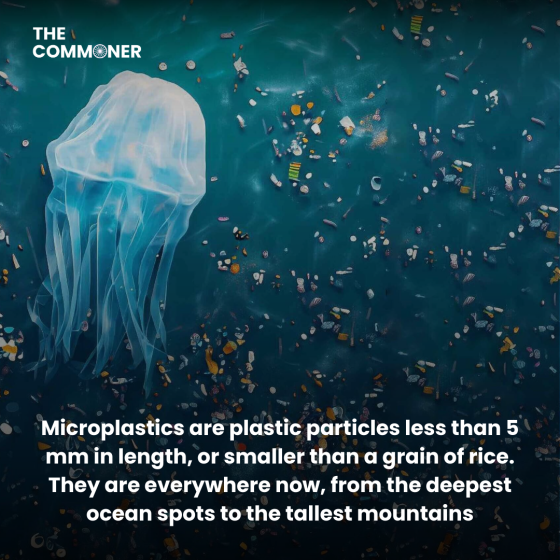
Conclusion
Microplastics may be invisible, but their impacts on our health and environment are visible and alarming. It’s crucial that we take action now to reduce plastic waste, increase awareness, and support policies to combat microplastics. Together, we can create a cleaner, healthier future for ourselves and future generations. By making conscious choices and supporting sustainable practices, we can reduce our plastic footprint and protect our planet.

